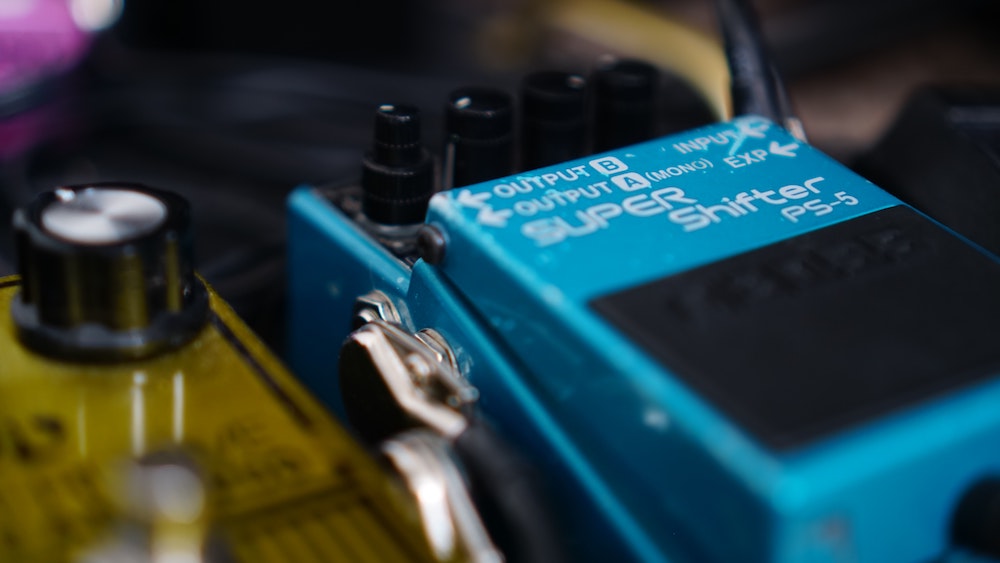
Like the humbucker vs. single-coil pick-up and tube vs. solid state amp debates, no body can seem to agree on whether guitar pedals that combine different effects or single-function pedals are the best. Never one to avoid controversial topics, Guitar Lessons London has decided to throw it’s weight into the mix as well.
Single-function pedals produce the classic effects used by guitarists. Often referred to as ‘stompboxes’, the effects produced by these units in tandem with an amplifier can "color" or subtly nuance the sound produced by the guitar, adding different depths and tones. A good example of such a stompbox would be the Electro Harmonix Nano Clone Chorus Pedal, Boss CS-3 Compression Sustainer or TC Electronic Hall of Fame Reverb Guitar Effects Pedal. Other stompboxes completely alter the sound or pitch, by way of distortion and digital manipulation. Classic pedals of this type could be Ibanez tube screamer or the Dunlop Wah Pedal. Finally, some pedals add delay or loop effects which alter the timing at which an amp produces a sound: the Vox Satriani Time Machine and Boss RC-3 Loop Station Effect Pedal are good examples of this type of pedal.
In short, multi-function pedals could combine many of these different functions. The Line 6 DL4 Stompbox Delay FX Pedal - Delay Modeller is one of the best known Multi-FX pedals for guitar and in just one unit can provide over 16 different effects.
Which type of pedal you use really comes down to convenience. Obviously, one pedal that contains 16 different effects is not only cheaper than buying each effect individually, but also will cost you a lot less hassle when travelling. You may also be able to programme a range of sounds into the Multi-Fx pedal so that at the switch of one button, you can change the whole combination of effects you’re using. However, it also will limit the amount of effects you can use at one time - the Line 6 DL4, for example, only allows you to select 4 different effects at a time, somewhat limiting your sonic capabilities.
Most people would also agree that the tones produced by single, analogue pedals is somewhat better than their digital multi-FX counterparts. Like the solid-state/tube amp conundrum, most professional guitarists, especially for recording, prefer the more natural vintage tone produced the original stomp boxes. This is especially true for distortion sounds - although digital distortion has come a long way, for most guitarists there is nothing quite like the natural break up produced by analogue distortion units. They also give you more choice - you can choose specific stomp boxes based on a particular sound that you really like.
On the other hand, using two many effects pedals results in something called tone-loss. As you add more cable and pedals between your amp and guitar, the higher frequencies of the electronic signal are weakened, resulting in a dampening of the high-end and a loss of tone. Multi-Fx pedals help reduce signal loss by reducing the amount of pedals and wire you need to use. However, many guitarists also put buffer pedals in their pedal chain - these help reduce the signal-loss.
In reality, most people use a mixture of both multi-Fx pedals and stompboxes. Josh Kilnghoffer, for example, uses a mixture of both and a Line 6 DL4. There is no exact science when it comes to pedals - personally, I prefer the sound of analogue reverb and fuzz pedals but for less ‘natural’ sounding effects, such a tremolo, looping and chorus, I see no problem with Multi-Fx pedals at all. The key is to find effects that you like the sound of, irrespective of whether they come as single pedals or combinations.
Written by Adam Sumnall
Student at the University of Exeter and resident Smiths enthusiast.
